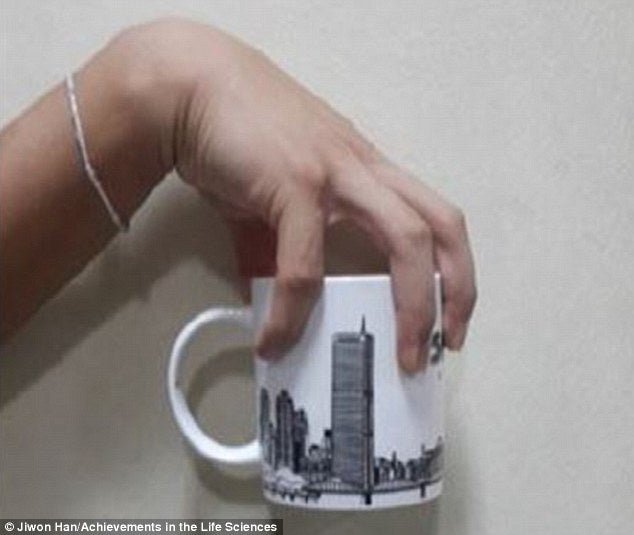When it comes to moving a cup of coffee from point A to point B, we all get a little ambitious. Searing liquid sloshes onto our sleeves as we carry a too-full mug from the office kitchen to our desk. We lose most of our $4 lattes to the asphalt as we speed walk to the train, and the drink seems to fly from the cup.
Spilling coffee is frustrating, wasteful and apparently such a pressing issue that scientists actually used resources to figure out how we can stop the sloshing. As in, they did equations, lab experiments and test walks to come to a caffeinated conclusion. We can't say we're upset about it.
It turns out that the handle on a mug works against us; when we grip the handle -- or even place a hand around the body of a paper cup -- and walk, we cause the coffee to hit the inside of the cup at a stronger force, which sets the stage for a major spill.
To minimize the risk of overflow, South Korean scientists concluded, you need simply act against logic and hold the cup by the rim. Picture those infuriating claw machines at arcades: your hand is the claw, and your steaming beverage is the stuffed teddy bear.
The scientists, whose results were published in the journal Achievements in the Life Sciences, admitted it's not the perfect solution. Coffee drinkers using the "claw grip" are more likely to burn their hands on steam coming from their drinks, and flimsier cups could collapse under clawing pressure.
But, you know, it beats their other no-spill method: walking backward. While not practical, the technique causes our hands to move in a way that is less upsetting to a drink.
"A few trials will soon reveal that walking backwards drastically increases the chance of tripping on a stone or crashing into a passing colleague, who may also be walking backwards," said researcher Jiwon Han of the Minjok Leadership Academy.
"This would most definitely lead to spillage."
Good call.


